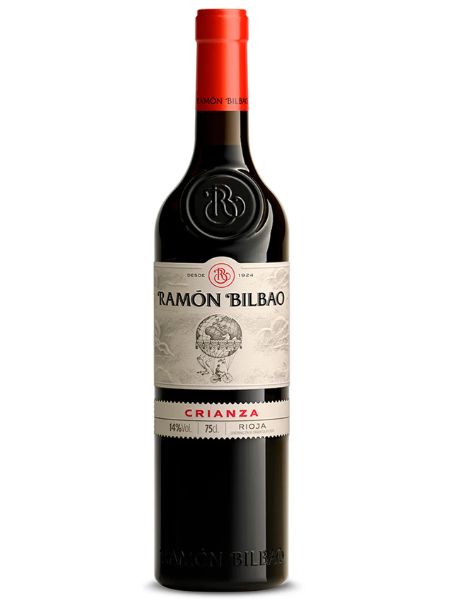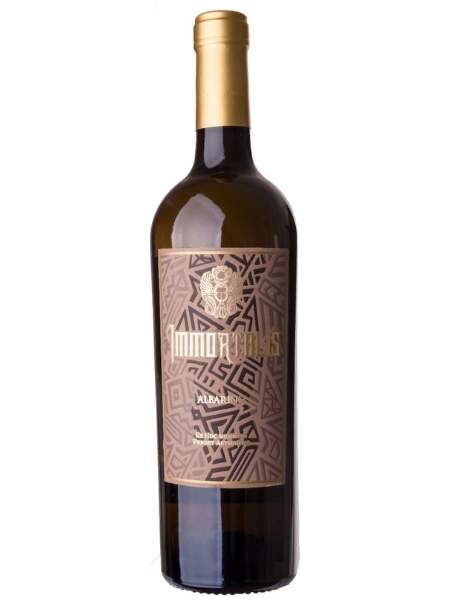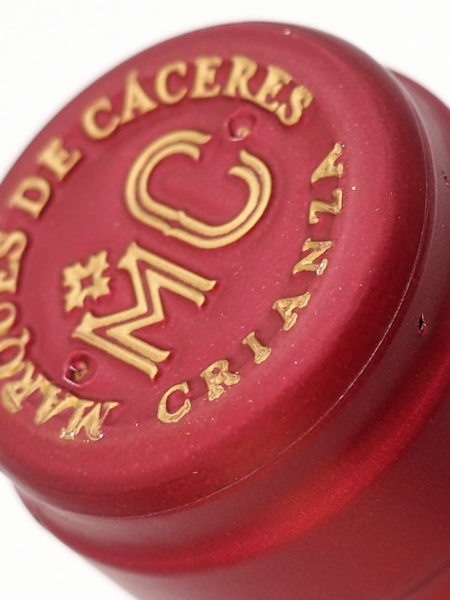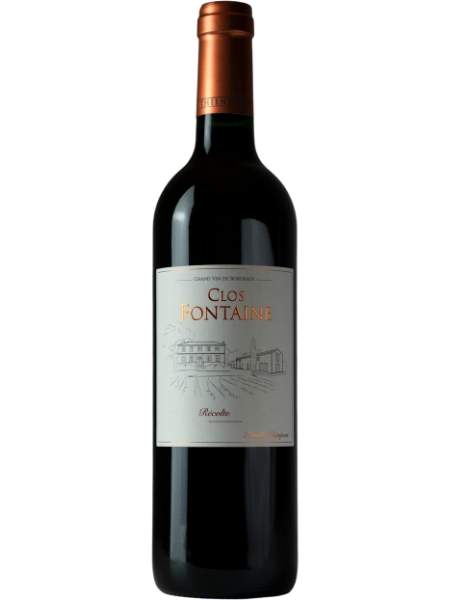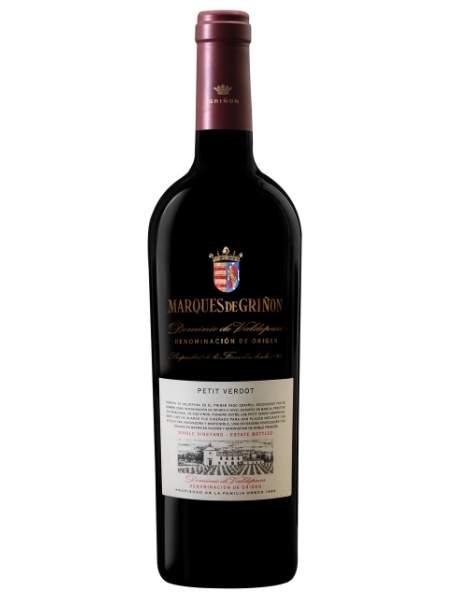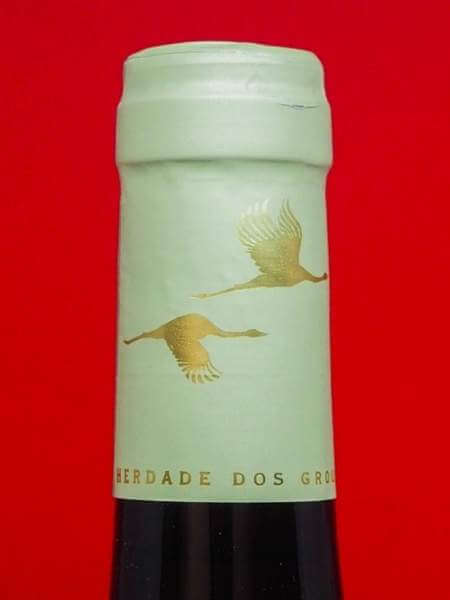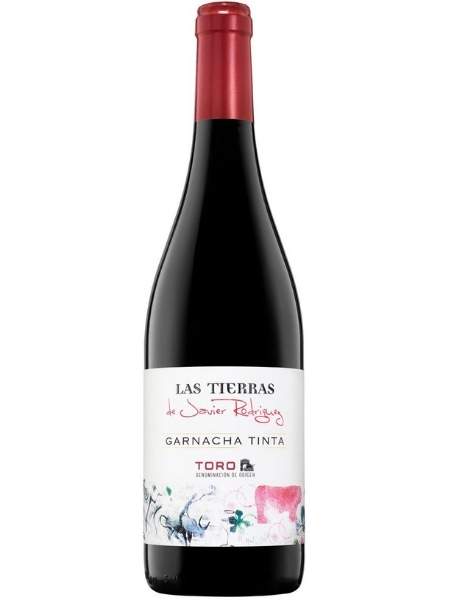
All you need to know about 2022 harvest season

Harvest season is when the winegrowers collect the grapes, which varies depending on the climate and the terroir.
When does the harvest take place?
The harvest takes place twice a year and generally occurs from the end of August to the beginning of October in the northern hemisphere and from the end of February to the beginning of April in the southern hemisphere.
What makes the time frame so broad?
The grape variety.
Each type of grape needs a shorter or longer period to reach maturity.
In France, for example, harvest season is between the last weeks of September and the first weeks of October, when the grapes are in the perfect mature point. However, in Venezuela, given its climate, winegrowers can harvest multiple times in a year.
Winegrowers are very careful on when to harvest the grapes, as it can have a huge impact on the wines. For that reason, wineries follow strict controls, called maturation controls, that are carried through periodical analysis, that aim to control the evolution of acids and sugars.
Thanks to this method, winegrowers can predict what type of must that they will obtain and the perfect time to harvest.
As we mentioned, depending on the harvest date, we can obtain different types of wines; if we aim to obtain young fresh wines, the harvest needs to happen before the physiologic maturity.
If we are aiming to obtain colored wines, the harvest will be after the physiological maturity.
Licorices wines are obtained with a late maturation and for sparkling wines, we need an acid harvest.
Choosing the right time to harvest is the most important decision the winemaker makes, and although at first glance it is very simple, it is actually not.
You might think it's enough to see yellow or dark purple grapes, but in the winemaking process even the grape pips are important, as they are responsible for the wine's tannin. More about the process here.
Types of harvest:
There are two types of harvest, mechanical harvest and hand-picked harvest.
Mechanical harvest
The mechanical harvest was introduced in the 1960 decade in the estate of New York, USA. 20 years later, in the 1980s, one third of the vines were harvested mechanically.
Nowadays, the percentage is much higher, as the wineries can harvest at night, almost with no need of human intervention and the speed of the process permits to harvest the grapes at their optimum point.
However, by mechanically harvesting the vines, the 10% of the grapes are lost, and there is a high risk that the leaves fall to the must.
Hand-picked harvest
This is the favorite method for French winegrowers, as they only used mechanical harvest if they have extremely high productions.
The winegrowers cut the grapes cluster with light pruning shears, avoiding that the grapes suffer too much damage.
The hand-picked grapes are deposited in baskets, that can´t really be full, in order to prevent the deterioration of the grapes due to the weight. Nowadays, wineries use plastic crates, that can carry between 20kg and 50kg.
The main advantage of this method is that the winegrowers can select the best grapes.
However, harvesting the grapes following this method can be costly as a big team is needed to pick the grapes and it is very hard to pick all the grapes at their exact point of maturation. Also, the only way of hand picking the grapes is during the day.
Despite the costs, some wineries prefer to harvest the grapes manually. The main advantage is the knowledge and care of the workers to pick only healthy bunches.
The production of some dessert wines such as Sauternes requires that individual berries be selected from the botrytized clusters and that can only be done by hand.
In areas of steep terrain, such as in the Ribeira Sacra, located in the northern part of Spain, it would be impossible to pass a mechanical harvester through the vines.
Harvest period throughout the globe
In the northern hemisphere, in some regions of the Near East and eastern Mediterranean, harvesting can begin in July.
In areas where grapes are grown to produce sparkling wines, the grapes are harvested in late July to early August at a slightly unripe point to help maintain the wine's acidity.
Most of the harvest in the northern hemisphere is harvested from late August to early October and some late harvest wine grapes are harvested from late August to early October.
In Germany, the United States and Canada, the grapes for making ice wines can be harvested in early winter, where the vines don´t suffer that much with the harvest.
In the southern hemisphere, harvest can begin in January in some regions such as New South Wales, Australia. Most of the harvest in the southern hemisphere is harvested between February and April. In some areas with cold climates such as Central Otago in New Zealand, late harvest grapes are picked in June.
How Global warming affects Harvesting
Global warming has already changed the harvest season in some countries; future weather patterns may exceed a climatic threshold in some vineyards, where it will be more difficult to maintain current wine quality; however, they may also allow for a more stable harvest season.
We all know that the grapevine is a very hardy plant, adapting to extreme weather conditions, rare soils, lack of water, and so on. But global warming comes with a much broader spectrum of changes for the plant and the bore industry.
Some prefer to see the upside in a way, as new areas will become warmer, so winemaking will be possible in new regions.
But the set of downsides for established winemakers is increasingly varied.
Much of the knowledge passed down from generation to generation has to be readapted to this new reality.
The orientation of the vineyard must change from north to south or vice versa, depending on the type of grape. Investment in irrigation must be more consistent for future plans.
Some are even thinking of changing some grape varieties for others that respond better to the new climatic conditions. The grape harvest begins earlier each year.
Industry experts say that in the near future there will be less predictability in the way the weather sets the natural rhythm of winemaking.
However, the wine industry is making great and rapid strides to transform traditional farming practices into more sustainable ones.

Sustainable wineries
More than ever, we have more sustainable wineries and organic wines, wineries that use renewable energy for the entire winemaking process and reduce their carbon footprint by opting for recycled packaging.
Furthermore, there is a very important and growing branch of biodynamic winemaking.
For organic and biodynamic wines, the use of pesticides, herbicides and fertilizers is prohibited. More about it here. In our journeys in search of special wines, we have met an important community of wine producers who care for and protect the surrounding nature, not only their vineyards.
They are actively involved in preserving the flora and fauna of the region and are involved in many social projects.
Viticulture is one of the agricultural branches that is moving quickly to adapt to sustainable practices, and behind this motivation lies more than a trend or a pure necessity.
Most of the wine industry owes much to traditions and knowledge passed down from generation to generation. Winemaking is more than growing grapes; it is part of an identity. In many cases, the vine variety the winemakers tend was planted by their great-grandparents, so vineyards are like an inheritance to which they must remain faithful.
For viticulturists, the interest in preserving vineyards and the nature that surrounds them is more intense than for other branches of agriculture.
Discover the passions and stories behind the bottles of wine you can find in our shop by checking out this section we have dedicated to our friends and partners.
Also, feel free to explore our section dedicated to organic wines here. Or see all the options in our shop by visiting our catalogue.
We look forward to the new wines and flavours that the 2022 vintage will bring us. Follow us to be the first to know when these new wines arrive.
See you next time,
Dis&Dis Team









